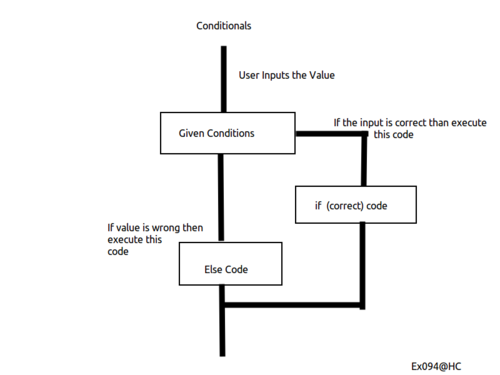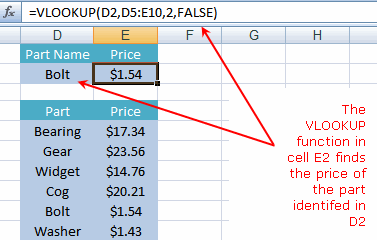Intern Blog: Applying Programming Concepts to Everyday Life
Over the past few months, I have been slowly learning Python. I wanted to learn programming as a way of expanding my knowledge and becoming familiar with software engineering. While I do have more of a business and analysis background, I still find it important, especially in this day and age, to know a little bit of programming. Python has proven to be beneficial in data analysis and data mining. Through Python, I have also developed a more logical and efficient way of problem solving. Rather than just getting the answer, I constantly try to make the process more efficient. Applying this mentality to everyday life makes me approach different tasks from different angles. As I progress through my career and improve my skills in all areas, I will be tasked to use higher-level tools to complete extensive analyses. These tools require simple-to-intermediate understandings of constructing proper syntax, and Python has really helped me absorb those skills. Over the past few months, I have been using two different methods to teach myself.
I first signed up for Codecademy about six months ago, but didn’t stay consistent with it until about a month ago. While Codecademy was a great introduction to Python programming, it was lacking in a few ways. I wasn’t learning theory, the information was hard to retain, and the hints gave too much help. Instead of quitting on Codecademy, I signed up for the Intro to Computer Science class on Udacity.com. Using a different method, Udacity is able to “teach” through videos with a real instructor and in-depth explanations of computer science theories. The frequent quizzes also assist in recalling important concepts from earlier lessons.
What I soon came to realize is that I have been using these same programming concepts for years now. The other day at my internship, I was tasked to complete some vlookup formulas in a few Excel spreadsheets. Simply put, a vlookup formula is just like a function which finds and references another value and then outputs it. While the formatting is different and much simpler than something someone would see in Python, the overall concept is extremely similar. Just like improper syntax produces an error in Python, the same occurs with these Excel formulas. Another formula that comes to mind is the SUM(IF) formula in Excel. This can take advantage of a nested “if” statement with either a Boolean or array and calculate sums. Each individual cell of a spreadsheet also acts as a little interpreter waiting to take inputted data and transform it somehow. These formulas, along with several others, in Excel make life easier by making quick calculations. Likewise, Python uses “if” statements, Booleans, and arrays.


After coming to this realization, Python has become much easier to understand conceptually.Things like Loops have meaning behind them and are more useful than ever. The syntax as well, reads like a book in my mind, instead of a bunch of random words separated by colons, quotations, and numbers. No longer do I fear its complexity but rather I am able to compare it to functions I am already familiar with. It allows me to truly appreciate how many awesome things I can do with it. While I am still only a beginner in Python, I believe this special understanding will help guide me through further lessons. Finding a way to compare two seemingly dissimilar things can help in all aspects of life—I’m just starting with my discoveries in Python and Excel, after all.
—Afzal Jasani, Business and Marketing Intern